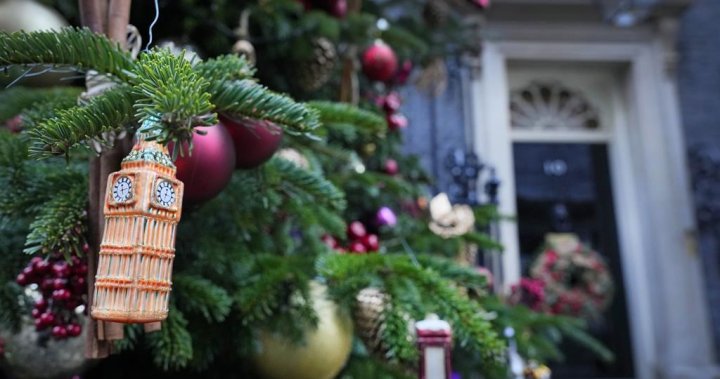The annual dilemma of choosing between a real or artificial Christmas tree often hinges on factors beyond aesthetics. While convenience and allergy concerns may steer some towards artificial options, and the nostalgic aroma of pine may attract others to real trees, the environmental impact remains a crucial consideration. Surprisingly, for those prioritizing ecological responsibility, the real Christmas tree emerges as the more sustainable choice, particularly in regions with robust local tree farming industries.
In Ontario, for example, a network of over 400 Christmas tree farms offers a readily available supply of locally grown trees. Opting for a real tree from a local farm minimizes transportation emissions, a significant contributor to the carbon footprint of artificial trees, which are typically manufactured overseas. Furthermore, real Christmas tree farms actively contribute to carbon sequestration and biodiversity preservation. These farms act as carbon sinks, absorbing carbon dioxide from the atmosphere, and provide habitats for various species, enhancing local ecosystems. Supporting local farms also bolsters the local economy, providing jobs and contributing to the economic well-being of the community.
The David Suzuki Foundation emphasizes the significant environmental footprint of artificial Christmas trees, citing a carbon footprint three times greater than that of a real tree. This disparity stems from the production process of artificial trees, which often involves PVC, a non-recyclable plastic, and the considerable distances these trees travel from their manufacturing origins to consumers’ homes. The cumulative impact of resource extraction, manufacturing, and transportation significantly contributes to the higher carbon footprint of artificial trees. While donation may offer an alternative to disposal, the ultimate fate of these trees often remains in landfills.
The environmental break-even point between real and artificial trees hinges on the lifespan of the artificial tree. Experts suggest that an artificial tree must be used for at least two decades to offset its higher initial carbon footprint. This extended lifespan, however, doesn’t negate the inherent environmental costs associated with its production and eventual disposal. Moreover, the potential for microplastic pollution from shedding artificial needles adds another layer of environmental concern.
Beyond the environmental benefits, choosing a real Christmas tree offers an opportunity to connect with nature and community. A trip to a local Christmas tree farm provides a family-friendly outing, fostering connections with farmers and engaging with the agricultural process. This experience offers a deeper appreciation for the time and effort involved in cultivating these trees, enriching the holiday tradition beyond simply decorating a tree. It transforms the act of acquiring a Christmas tree into a memorable experience, fostering connections with loved ones and the natural world.
Post-holiday disposal of real Christmas trees also presents an opportunity for sustainable practices. Ensuring trees are free of decorations and tinsel allows for proper recycling. Municipalities often repurpose these trees into mulch, contributing to local landscaping and gardening initiatives. Alternatively, various conservation programs, botanical gardens, and non-profit organizations may utilize discarded trees for environmental restoration projects. By participating in these initiatives, consumers can extend the lifecycle of their Christmas tree, minimizing waste and contributing to environmental conservation efforts. This conscious approach to disposal further reinforces the sustainable choice of a real Christmas tree, minimizing its environmental impact even after the holiday season.










